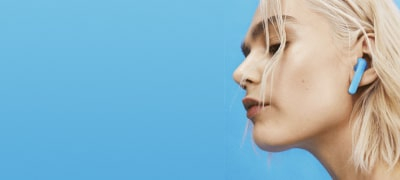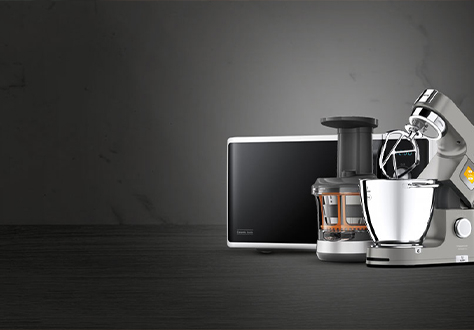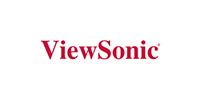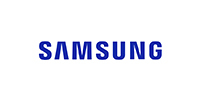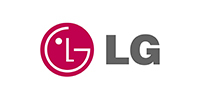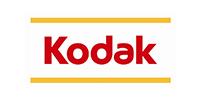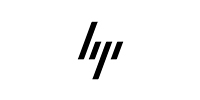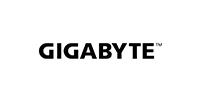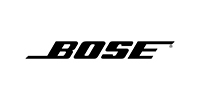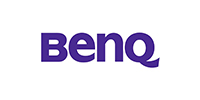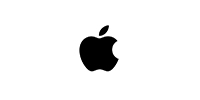Tongs
ギフトボックスにあるエレガントな日本のシルバーサーバートング-OaksReyTN1374 Yubisaki
サラダ、パスタ、パンのための汎用性の高い木製サービングトング
すべてのキッチンタスクに合わせて、汎用性の高い7.1インチシリコントング
バーベキュー、パスタ、キャンプ用の汎用性の高いステンレススチールトング – 日本製
パールメタルタッチG 5103:楽なサービングのための熱耐性シリコントング
ロック可能なデザインと便利なスタンドを備えた汎用性の高いシリコーンキッチントング
完璧なヤキニクのための精密な日本のトング:ノンスティックとスリップノンスリップデザイン
実用的なストッパー機能を備えた汎用性の高いステンレススチールサラダトング
山崎1776汎用性のあるシリコントング:食器洗い機安全、簡単な調理のためのフローティングチップデザイン
Online store of household appliances and electronics
Then the question arises: where’s the content? Not there yet? That’s not so bad, there’s dummy copy to the rescue. But worse, what if the fish doesn’t fit in the can, the foot’s to big for the boot? Or to small? To short sentences, to many headings, images too large for the proposed design, or too small, or they fit in but it looks iffy for reasons.
A client that’s unhappy for a reason is a problem, a client that’s unhappy though he or her can’t quite put a finger on it is worse. Chances are there wasn’t collaboration, communication, and checkpoints, there wasn’t a process agreed upon or specified with the granularity required. It’s content strategy gone awry right from the start. If that’s what you think how bout the other way around? How can you evaluate content without design? No typography, no colors, no layout, no styles, all those things that convey the important signals that go beyond the mere textual, hierarchies of information, weight, emphasis, oblique stresses, priorities, all those subtle cues that also have visual and emotional appeal to the reader.

